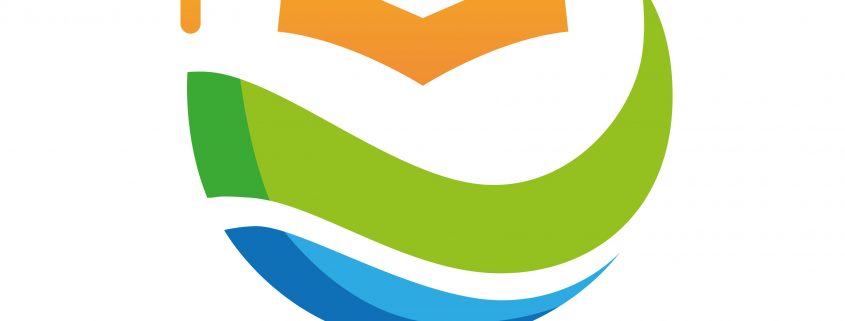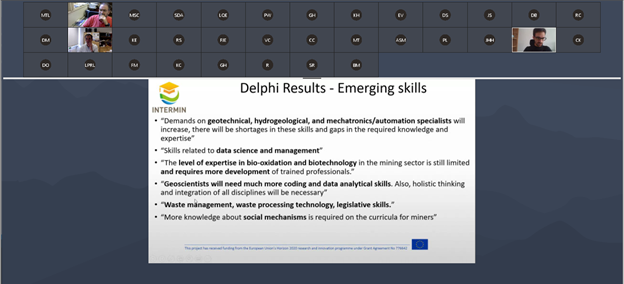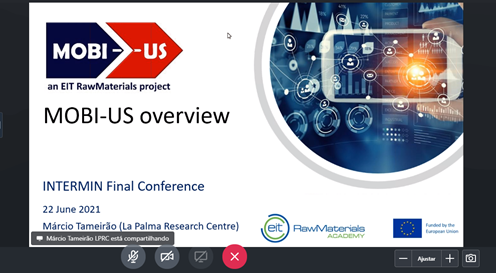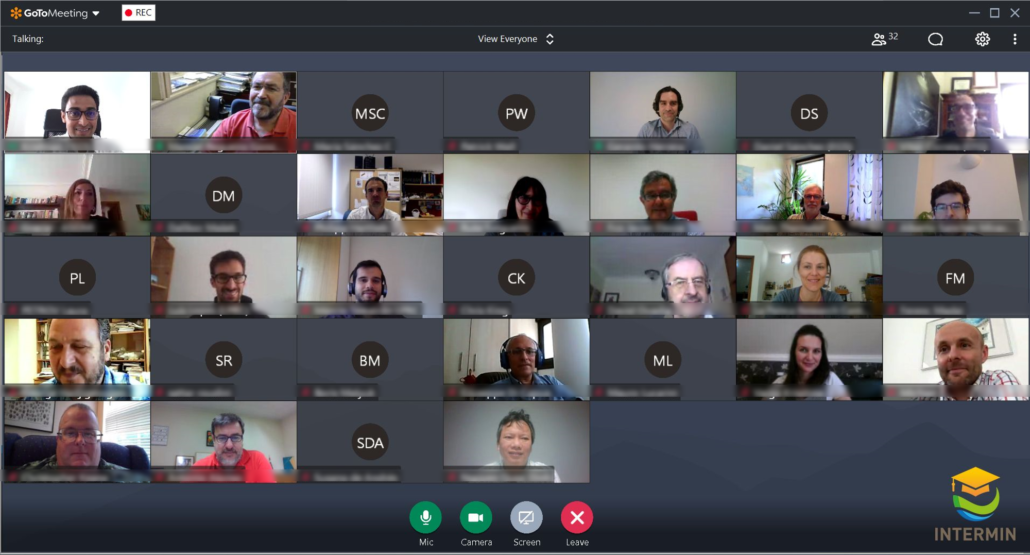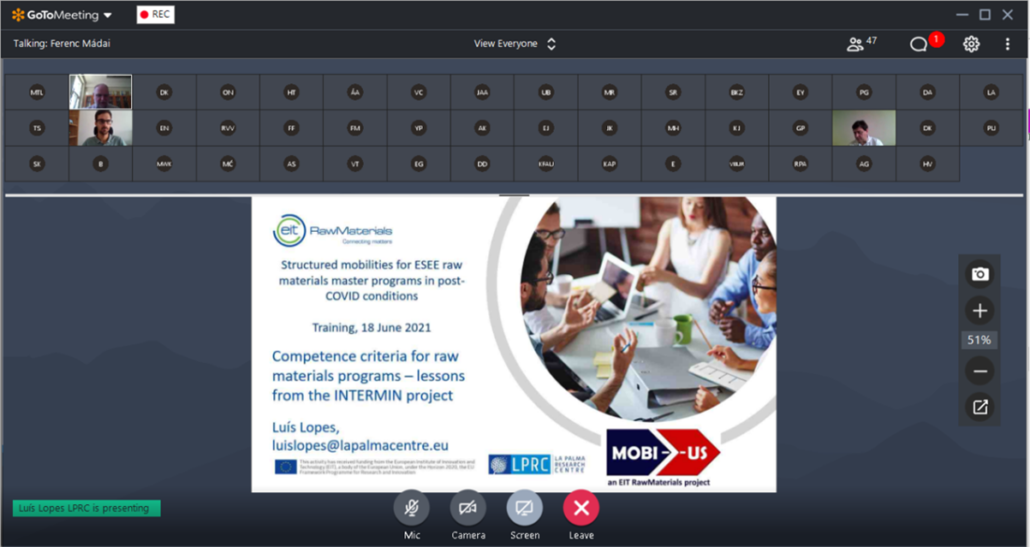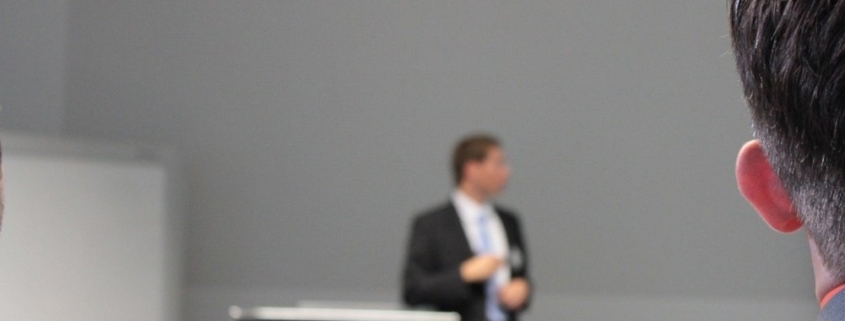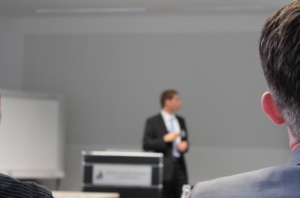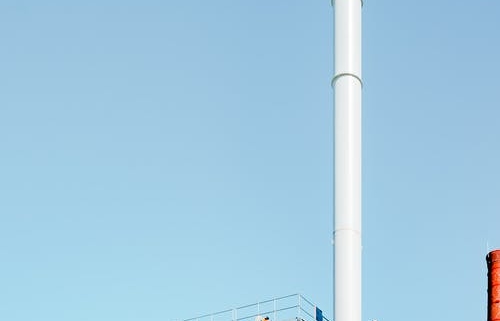Drilling risks
The key to the economies of scale in geothermal is to reduce uncertainty whilst drilling linked to poorly known geology. On average, 66% of deep geothermal drillings are successful. This low rate can be explained by the uncertainty of geothermal drilling. A profitable geothermal field, on paper, may not translate to real profitable margins. There is a risk that the well fails on the first heat up or that there is a delayed failure due to the formation environment like the presence of corrosive fluids. When a failure occurs, the loss of production and cost of repair can be quite significant compared with the cost of completing the well. Current technologies offer two solutions to drilling risks: horizontal wells and drilling deeper:
- Horizontal wells do not rely on a limited amount of energy stored within the direct vicinity of a vertical well. A horizontal well can be drilled for thousands of meters in the ideal reservoir alleviating the risk of a colder spot and thus reducing the risks of an unproductive well.
- The other solution is to drill deeper in basement rock. This method aims at using hot dry rock at depth to produce heat. At high depth (more than 5000m), the rock layers become more consistent thus creating more certainty whilst drilling. In addition, deeper wells tap into warmer rocks thus producing high temperature for a more profitable process.
NIMBY (not in my backyard): stories from the field
Even if economically sound, a geothermal project can be cancelled if local communities oppose it. In Taiwan, Baseload Capital faced a challenge: Initially favorable to geothermal energy, local turned against the project when they witness the noise, dust and smell caused by the drillings. The problem lied in miscommunication between the company in the communities. Communities had a lack of knowledge vis-à-vis geothermal power, in addition they were afraid that the power plant would bring harm such as water depletion and pollution. Given the relative remoteness of the local communities, there was also a distrust of a company they had never seen before.
Although these problematics can seem futile to people with deep understanding in geothermal, it is necessary to take a step back and listen to these divergent opinions. Without this, a project can very quickly create massive backlash and even be cancelled. Based on this, a geothermal project shall generally follow the following steps when dealing with local communities:
- Become trustworthy: Outline clearly the how the project will work at meetings with locals. Never take anything for granted and act on your promises.
- Be respectful of local communities by being present when they have questions, arranged face-to-face meetings, listen to their concerns, learn about the local cultures and respect local habits.
- Be transparent. Being transparent is vital to earn trust. This can be performed by hosting local hearing to understand complains and misconceptions. These meetings should always be about dialogue and never be one-sided. It is also important to show progress and discuss future plans.
- Get involved in the local community be celebrating events with them. Geothermal should have a strong community focus in its operation (using hot water for local businesses and ensuring that the plant will create jobs locally. Any geothermal project shall participate to the local economy and be an active member of the society.
Conclusion
The Covid-19 pandemic showed how quickly the market can adapt to new needs. Within a year time, millions of masks, PPE and vaccines have been produced to respond to a disease that can affect us all. Climate affect us all too. The real risk of climate action, the one we are all confronted is inaction. Inaction in the climate transition will threaten biodiversity, as habitats and lives become endangered. We need to act, and we need to act fast.
Geothermal energy involves taking risks. However, as shown in this article these risks can be alleviated if projects are managed in a transparent and responsible manner. The battle will be won or loss in the next decade. If we fail to transition to a sustainable global economy, it is estimated that global GDP will plumet by 11%. However, if we succeed it will rise by 4%, showcasing a bright light at the end of a challenging time.
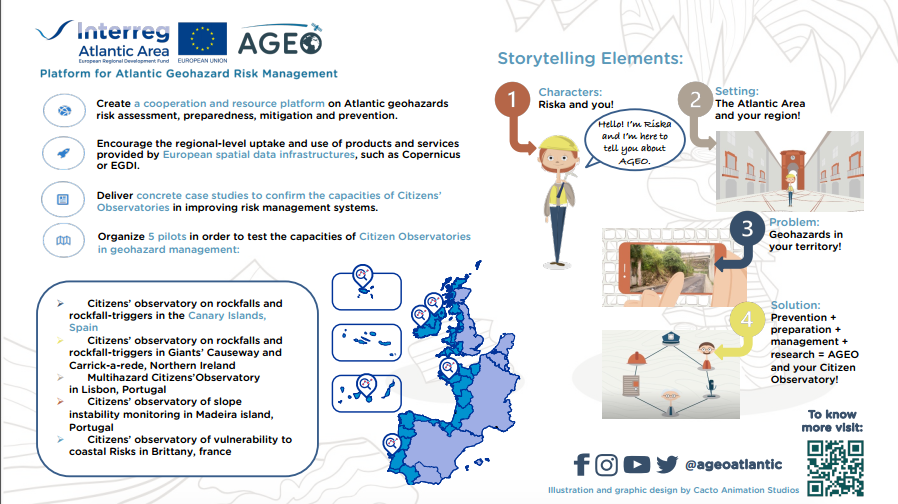

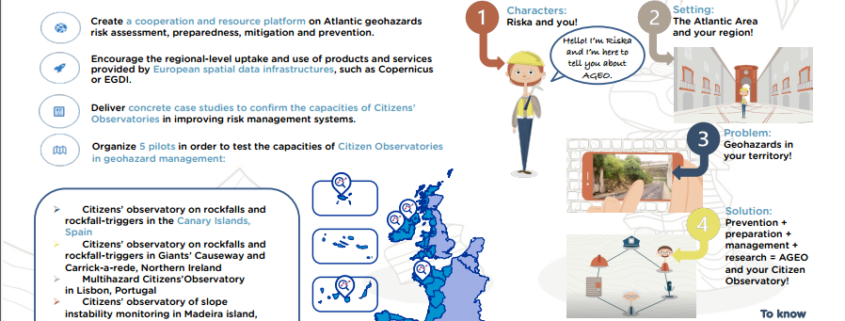 AGEO
AGEO